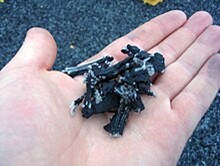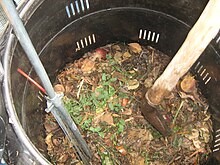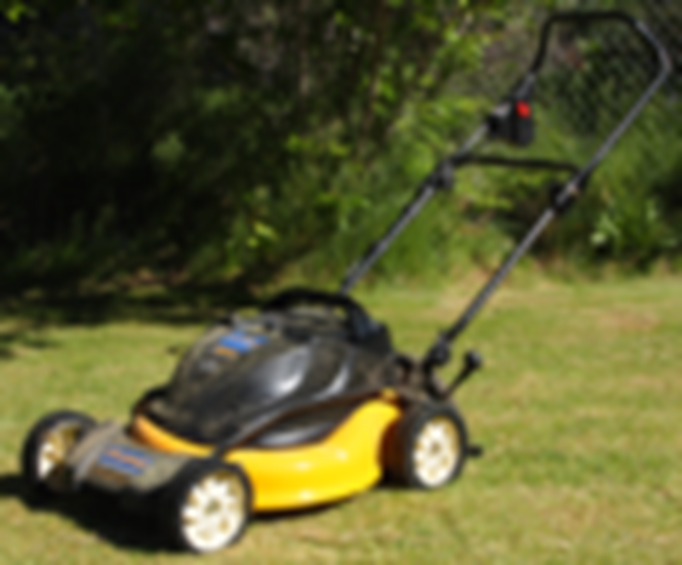March 2024 Garden Mulches
So, you have planned your garden or flower beds and you have ordered your seeds. Now we need to decide how do we want to mulch our plants, what do we want to use, and why do we want to mulch.
In general, we want to mulch to keep down weeds, maintain a constant amount of moisture, keep a constant temperature in the garden or flower beds.
Of all the materials we can add to a garden it is mulch that is one of the most useful products. It can make your gardening easier by keeping down those pesky weeds that seem to dog us all the time. Here in our area, we will get a heavy rain that washes away all of our work – mulch again to the rescue. So how are we going to use mulch and what mulches are best for our gardens?

Wood chips are quite commonly used, and we may buy them at Walmart, even the grocery store and some filling stations. You can get your truck and go to some local garden centers and get a pickup load of wood chips. The problems with wood chips are multifold. They work well in ornamental areas but in a garden as they break down, they use the nitrogen that is in the soil thereby reducing the nutrients that are needed by the vegetables. So, let’s save our wood chips for ornamentals.

Plastic and landscape fabric sheeting are also used on a local basis as well as commercially. The problem here is, as I have found out, is the plastic will degrade over time and you are left with plastic “pieces” in the garden. When freshly laid out it also prevents water from soaking into the ground It will heat the soil in the early spring but does need to be removed after each year. We see the use of this material in a field south of Fairhope on a commercial basis. It does keep the weeds out and dirt of the vegetables – i.e. strawberries, spinach, etc. I have used landscape fabric in an ornamental bed, and it kept the weeds out for 3-4 years and was very effective. Point is be careful how and where this mulch is used.

For a garden compost is a very good soil amendment, adds porosity to the soil, not to speak of nutrients, and provides a place for earthworms and other beneficial organisms. I will not create compost from kitchen waste as it takes so much material to make a fair amount of compost. If you want a fairly small garden and perhaps planting some flowers in pots it will do the trick. This past year I got about 18 big bags of oak leaves from a friend from their yard rakings. I scatter them on my garden plot, about 30ft by 40 ft in December and ran my rototiller over the garden about every 3 weeks and have a great mulched garden bed now. If you mulch with oak leaves or pine straw do remember you will have to plan and add lime to the beds to reduce the acidity of the soil.

Straw and hay are also good mulching materials but do not seem to be used to any great extent here. Would mention here we are not addressing pine straw. Straw and hay are easily bought around here. However, one of the problems is that you may have a lot of seeds in the straw and hay. I am using straw this year to not only provide mulch for the plants but also between the rows. Easily spread and you can walk on it when it is wet and not get your shoes covered in mud. The seeds in the straw and hay are easily pulled up, however making a more easily maintained garden and flower bed.

Grass clippings are another good source of mulch but don’t spread them too thickly as they will mat and cause problems. They are easily used to make compost, however, as they are easily mixed with soil, bagged or otherwise. Be careful though as most people will be using a lawn care company so the grass clippings may have herbicides, pesticides and adversely affect your garden plants.

Some people also suggest using gravel/pebbles – looks good and if you want nice looking paths through the garden, they will last a LOOOOng time. They do not decompose well! Gravel/pebbles will be used to great advantage in an ornamental area but just not in a garden, of course – they are also pricy
| Of all the mulches there are a few guidelines regardless of which type you use. Before you mulch – lets hoe those weeds out of there as best we can. Don’t pile mulch against the house! Why provide termites a path to the house. Don’t mound your mulch around the base of a tree or shrub – it only provides a great place for various denizens to live and walk into the tree and feed on the tree base. In general, leave a few inches between the mulch and the tree’s base. I hope you do not use dyed bark all kinds of chemicals are there. |